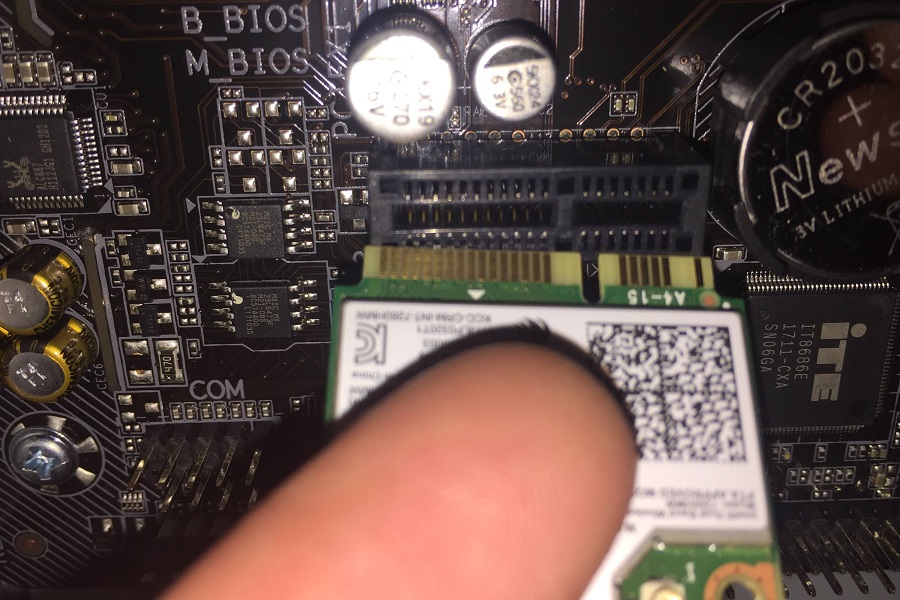
There are many reasons why desktop users choose an Ethernet port over Wi-Fi for internet access.
The most important one is that most desktop computers don’t come with an excellent built-in wireless system.
Sure, unlike the old days when Wi-Fi was exclusive to laptops, desktops nowadays have a wireless radio built into the board.
The problem is that these built-in wireless cards aren’t potent, especially for network-intensive tasks like multiplayer gaming or via-network content access.
But don’t worry; this is not something you’d have to replace your desktop for. Instead, you can install a better wireless card in just a few steps. Depending upon your requirements, you can choose between different types of wireless cards.
There are many options like internal and external wireless cards. While some of them connect via USB, others use the extra PCIe slots on your motherboard.
Of course, both have their advantages and disadvantages, and you have to choose accordingly. In this article, though, we have prepared an in-depth tutorial on installing a wireless card on your computer.
We have covered two separate tutorials for internal and external cards, hoping they help all of you.
How to Install an Internal PCIe Wireless Card?
Internal PCIe wireless cards are the ones you keep inside the desktop computer case. This type of card uses an empty PCIe slot on the motherboard to connect.
Depending on the speed and performance, these cards may have external antennae as well. These antennae allow them to receive better signals from the router.
Probably the best thing about a PCIe Express Wi-Fi card is that it doesn’t take up a USB port from your PC.
It is not the case with external Wi-Fi cards. We should also note that PCIe wireless cards will offer almost double or better the performance of a USB-based Wi-Fi adaptor.
Now that you know the basic things about an internal PCIe wireless card, shall we check how to install one?
Step-by-Step Guide to Install A PCIe Express Internal Wireless Card
Step #0 Safety First
People think that computers don’t pose an electric hazard, but they are wrong.
Especially considering the heavy-duty PSUs that we see with modern computers, you must take some precautions before you install a wireless card or any other accessory for that matter.
Therefore, make sure you have turned off the computer and pulled the mains supply plug before you follow the next step.
Step #1 Open the Computer Case
Depending on the computer case you are using, you have to remove the screws and open the desktop case.
This process is an easy task and doesn’t need screwdrivers in most cases.
Your PC would have a few standoffs that help you open the case quickly. Once you have opened the case, keep the screws in a secure place and find the motherboard.
Step #2 Locate an Empty PCIe Slot
Most motherboards will have at least a couple of PCIe slots by default. However, some peripherals might be using one of these slots.
For example, modern graphic cards use a PCIe slot to connect to your motherboard. In that case, you have to locate an empty PCIe slot on the motherboard.
You should ensure that the metal plate of the card aligns with the space on the back of the desktop case.
Step #3 Install the Wireless Card
There are a few sub-steps in this section. First, you have to remove the metal plate from the computer to have enough space to insert the wireless card.
Once you have done that, you can push the wireless card against the empty PCIe slot.
You don’t have to apply too much pressure, but the card would fit in very quickly. You can also hear a click sound when the card has been properly inserted into the slot.
Step #4 Tighten the Screws and Antennae
You can now go to the back section of your desktop case and screw the new wireless card into the case. You can use the same screws that the desktop case was using for the default metal plate.
After this, it will be easy to remove the dummy caps and attach the antennae to the wireless card. Ensure that you have set up the antennae in the right position to receive sufficient signal from the router.
Step #5 Close the Case and Turn on the Computer
By this point, you have finished the hardware aspects of a wireless card installation. You can now close the desktop case and turn on the computer. Based on the OS you are running, you might have to install the graphics card drivers manually.
However, if you are on Windows 10, the OS itself does the job of finding the right driver software and setting things up.
In either case, you should be ready to use the new wireless card in a minute or two. You may have to reboot your computer once to start using the new wireless module, though.
How to Install an External Wireless Card?
External wireless cards are the ones you connect through a USB port. As you can guess, these cards do not want you to open the computer case or deal with the internals.
You can connect the external wireless card to an available USB port and start using Wi-Fi connectivity services in most cases.
While external wireless cards are compact and easy to install, they may not be as powerful as the PCIe-based ones. Of course, you can get a maximum speed of several hundred MBs, but that’s about it. On the flip side, these devices are very portable.
Shall we check out the installation process then?
Step by Step Guide to Install an External Wireless Card
Here are the simple steps to connect an external wireless card to your desktop computer.
Step #1 Connect the Adaptor
First, you have to connect the USB adaptor to the computer. Make sure you choose a USB port from the rear panel and not the front one. I mean, you don’t want to miss one of the front-facing USB ports, do you?
Unless you want to move the adaptor so frequently, this placement wouldn’t be an issue. Don’t worry; you can do this without turning the computer off.
Step #2 Check for the Device
Now, you can open your system and see if it can detect the wireless adaptor. It may take a few seconds, but you should be fine.
However, if your system does not detect the adaptor, you would have to reconnect the device. Once you see the adaptor on the connected devices list, you can move to the driver installation part.
Step #3 Install the Drivers
There are multiple ways to install the software drivers for the wireless card. If you are using Windows 10, it may download and install the corresponding drivers automatically.
If this doesn’t happen, you can insert the driver CD you received along with the adaptor package. There is also the third option of downloading the drivers through another device and installing them on your PC later.
Once the driver software has been installed, your computer will detect the new wireless USB adaptor. You should also be able to see the signal strength of the wireless adaptor and use the same to connect to your Wi-Fi router.
In Case of Troubles
Just like we did earlier, it makes sense to reboot your computer once you have installed the drivers. It will make sure things are alright.
By the way, if you encounter any problems while installing the drivers, you have to check with the manufacturer of the Wi-Fi adaptor.
Reliable brands like TP-Link and D-Link have step-by-step tutorials on how to set up their Wi-Fi cards. These guides will help you resolve the issue in a few seconds. You may also have to update some other drivers for this adaptor to work properly.
Frequently Asked Questions about Wireless Cards
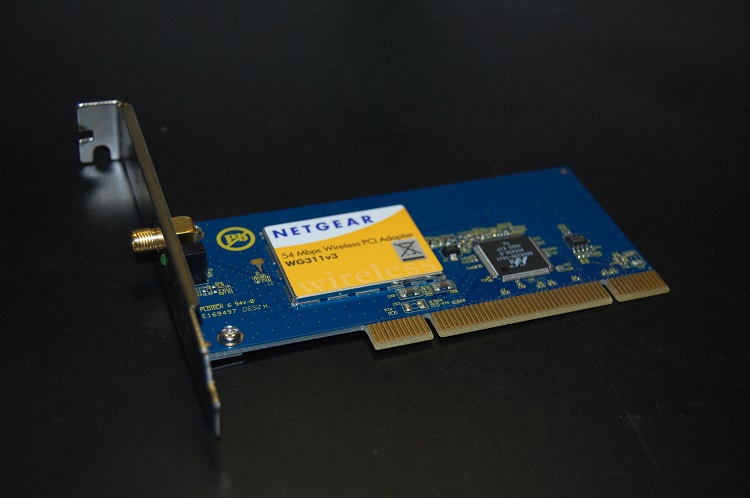
Here, we have answered a few questions people have about wireless cards.
Are PCIe wireless cards better than USB Wi-Fi adaptors?
In many senses, PCIe wireless cards are better than the USB counterparts. These internal cards do not take up a USB port from your computer but offer best-in-class network throughput and bandwidth.
You can use the external cards for heavy-duty network needs with ease. It happens because the cards come equipped with one or two antennae that you can adjust according to your router placement.
Who should purchase an external wireless card?
External wireless cards are suitable for those who want the privilege of portability. As we said, these external adaptors are plug-and-play devices that work on almost all platforms.
If you’re going to convert a no-Wi-Fi PC to a wireless-connected PC, you can use one of these cards. It is also worth noting that external wireless cards are on the cheaper side of the market.
Are USB Wi-Fi adaptors slower?
Compared to PCIe wireless cards, USB Wi-Fi adaptors are slower. These devices have lower throughput and network bandwidth in the end.
However, unless you are into wireless network file sharing and other hectic features, you wouldn’t be able to tell the difference. It is because USB Wi-Fi adaptors have speeds as cool as 300Mbps.
Which type of wireless card is expensive?
You can find cost-effective and expensive options in both types of wireless cards. You will have to pay extra in both cases if you are looking for additional performance or bandwidth support.
However, in the case of Wi-Fi adaptors, you won’t surpass a specific limit. On the other hand, in the PCIe sector, you can find some costly wireless cards.
Can I use these wireless cards on laptops?
You can use external wireless cards on laptops. This may come in handy if the built-in wireless module of the computer isn’t working correctly.
Instead of getting it fixed, you can purchase an external Wi-Fi adaptor and use it to connect to the Wi-Fi network. Doing so will be the better option from an affordability point of view as well.
Conclusion
We believe we have given you some in-depth tutorials and cleared your doubts about installing internal and external wireless cards on your computer.
As you may have noticed, the whole process is simple, and it does not take more than a few minutes.
As long as you take the safety precautions, you don’t have to worry about dealing with the PC internals, either. Instead, just make sure that you are getting a Wi-Fi card to keep up with your networking needs.
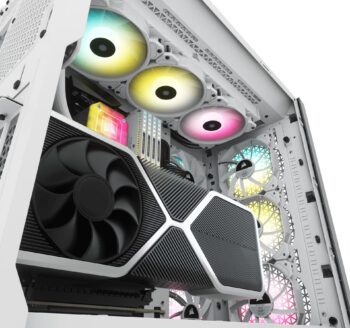
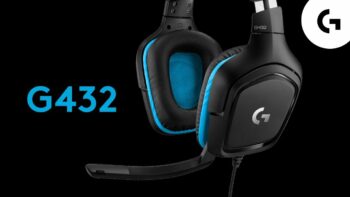


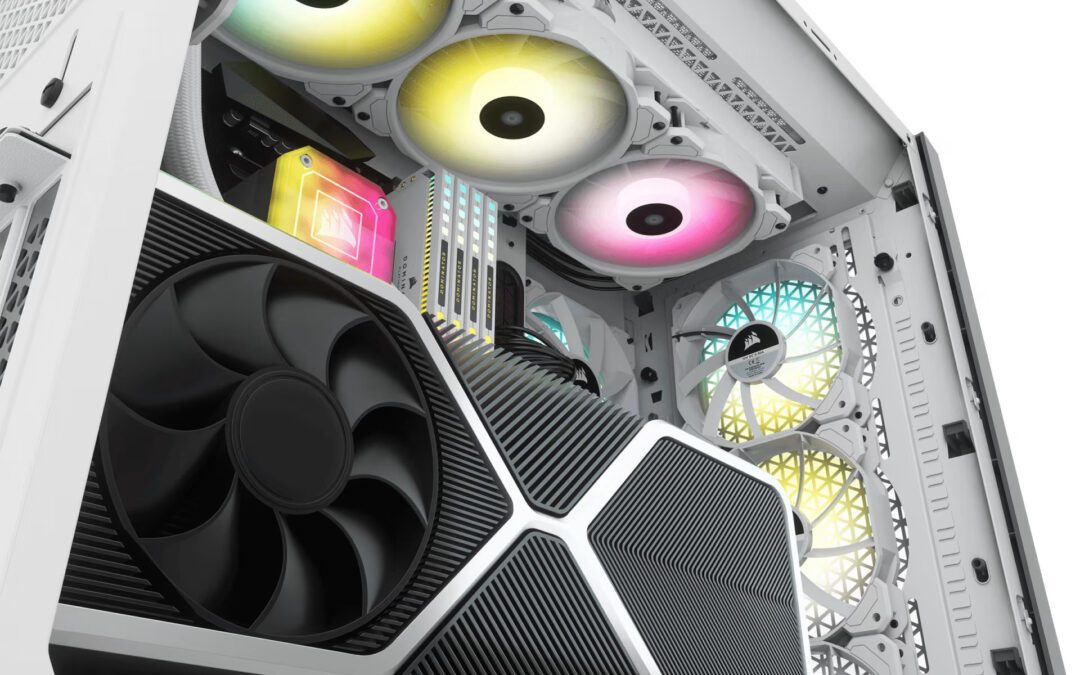

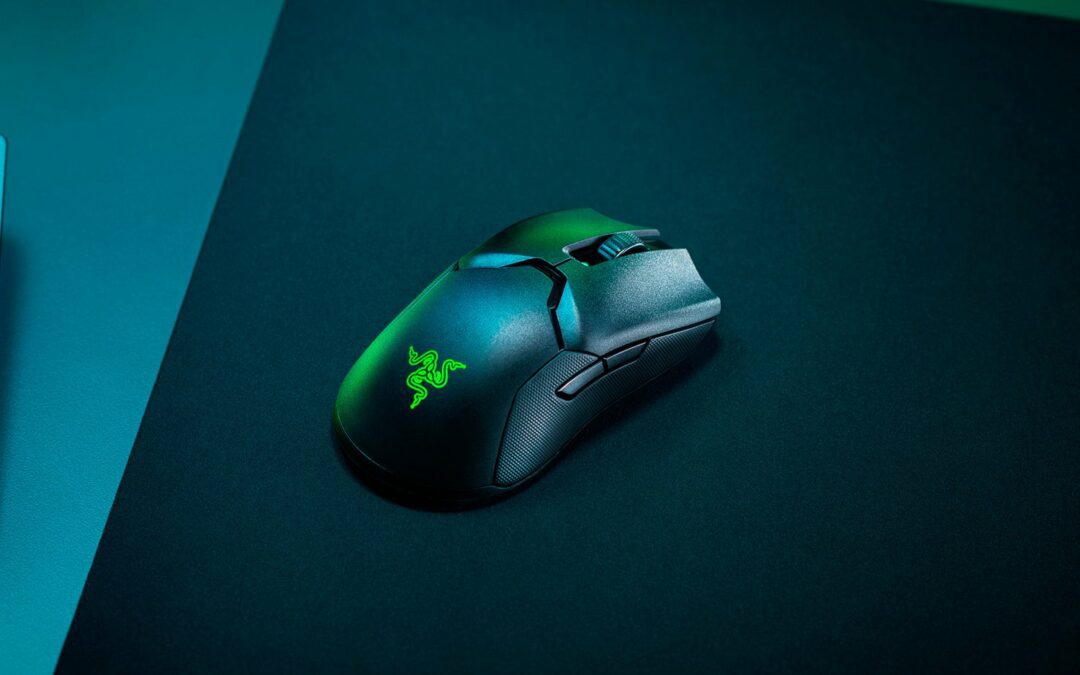
Great info on the wireless card installation. You covered everything – internal and external cards., expected costs for each type. I’m upgrading an old desktop and I will be deciding on which card to take once I compare their cost.